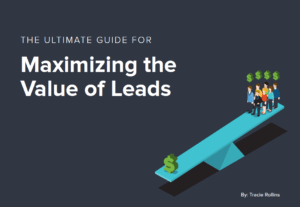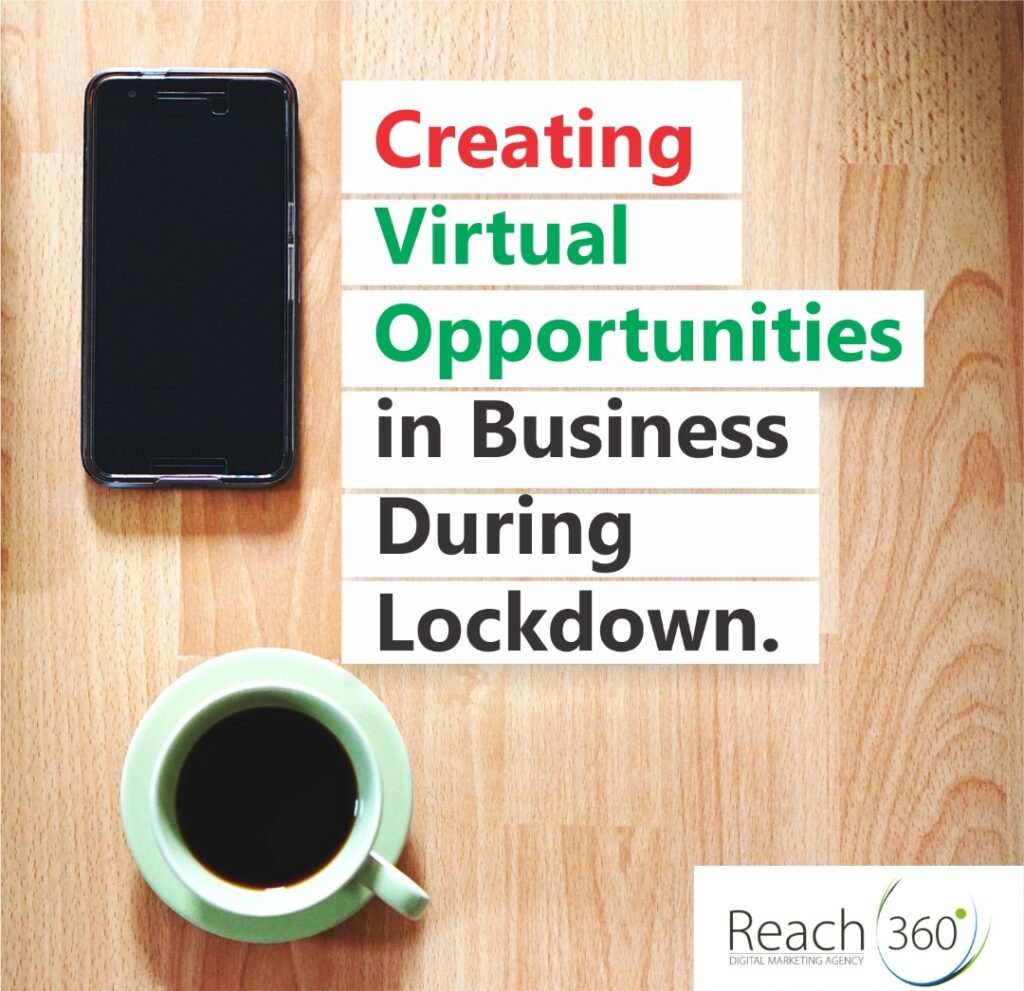
Exhibitions present opportunities for businesses to sell their products, get in the faces of prospective buyers/clients, and network with other competitors. The benefits of getting your business showcased at an exhibition cannot be overstated.
Rather than focus on only making physical sales, attention should also be given to getting leads for the future. In fact, the number of leads that are gained at an event or exhibition should be seen as a metric to measure the success of that outing. While immediate sales might boost business at that moment and possibly morale, it is these leads that will enable the business grow in the future. Therefore, this part of the exhibition should not be taken lightly.
Apply To Showcase Your Product/Service At Africa’s Biggest Education Trade Show And Conference
 Getting The Leads
Getting The Leads
People present at an exhibition are either business owners like you, or are (prospective) clients and customers. Identify the latter, that’s the group you are looking for. Most likely, the exhibition has a theme and so you do not really have to worry about trying to identify a particular set of prospective clients. For instance, if you’re part of an exhibition for Education, it is safe to say that most person’s that will be available there will be education-based to some extent, and your product should be relevant to most.
Attracting these leads is another thing. I’d like to break it down into two ways:
Direct marketing involves you walking up to prospective clients to begin a conversation. Advance preparation is required here to know exactly what to say and how to act. Note that it might not be necessary to put forth a business proposal at this stage, the main aim is to establish a relationship such that they are comfortable with you enough to engage in further conversation even after the event.
Dress the part, first impressions matter. Visual marketing requires that you set up an attractive booth that would draw people over. Some have found that using colourful banners, catchy copies and catchphrases, and side attractions draw the attention of the public.
Remember the aim of the effort you’re putting in: to generate leads. Therefore, you would need to be able to get the contact information of these ones you meet. Have a viable system of doing this that would not be awkward or make them reconsider. Now you’ve got these leads, what next?
Following Up On Leads
This is the part that should eventually yield results: sales. This is also the tricky part. There are a few tips that can make this process go smoothly:
- Separate your leads. Not all contacts you make will require the same level of correspondence. Some might require immediate and constant communication while others might not need so much. Identify these early and strike as necessary so that you don’t get tagged as too pushy or too nonchalant.
- Get in contact early. You do not need to wait for too long to get in contact with these leads. It doesn’t have to be an elaborate call, as little as a “thank you” email or text message can do the trick. This will help impress you and your business in their minds.
- Personalise your correspondence. Include personal names of the recipients in emails and text messages. Don’t just push out these messages in bulk, it will sound faux and wouldn’t help boost your stock. For direct phone calls, sound friendly on the phone, and engage in conversation rather than giving mechanical responses read off a handbook.
- Be consistent. Sales are usually not made at the first contact. This is where consistency comes in. Make sure to always be in contact if you see the prospects of closing a sale on a lead, whether it immediate or not. Persistence would not mean “spamming” these leads as that would be counterproductive. Create a pattern that works.
- Know when to abandon a lost cause. Not all leads will become customers/clients. Identify this on time and save yourself a world of stress. To determine this, check for their ability to make a purchase, their motivation, and their level of influence if they stand as a representative for a business. If you determine that they would not be able to patronise you at the time, you’d be better served striking your blows elsewhere. This doesn’t mean you discard their contacts altogether however. Add it to your database of contacts, they might be customers for another product of yours.
Chasing and closing leads might be tedious, but it is usually worth the effort






About The Author: Ibrahim
More posts by Ibrahim